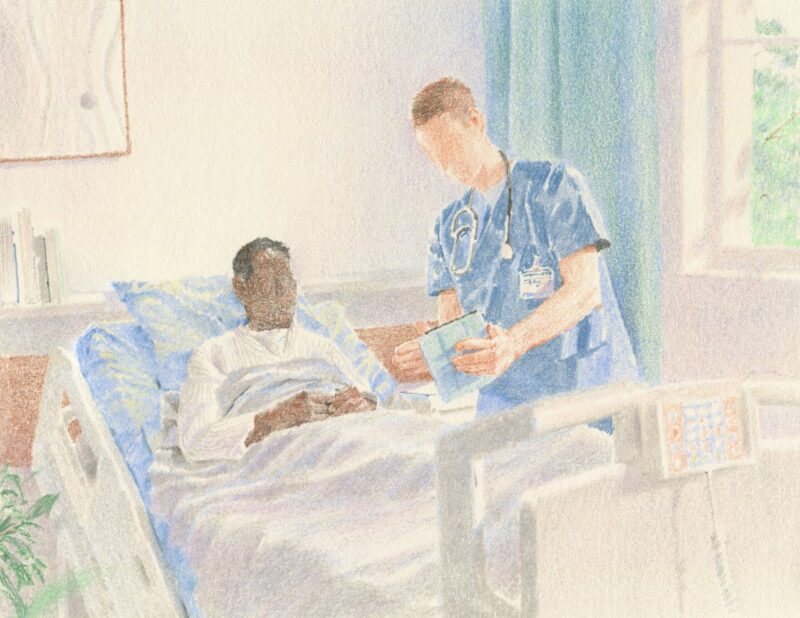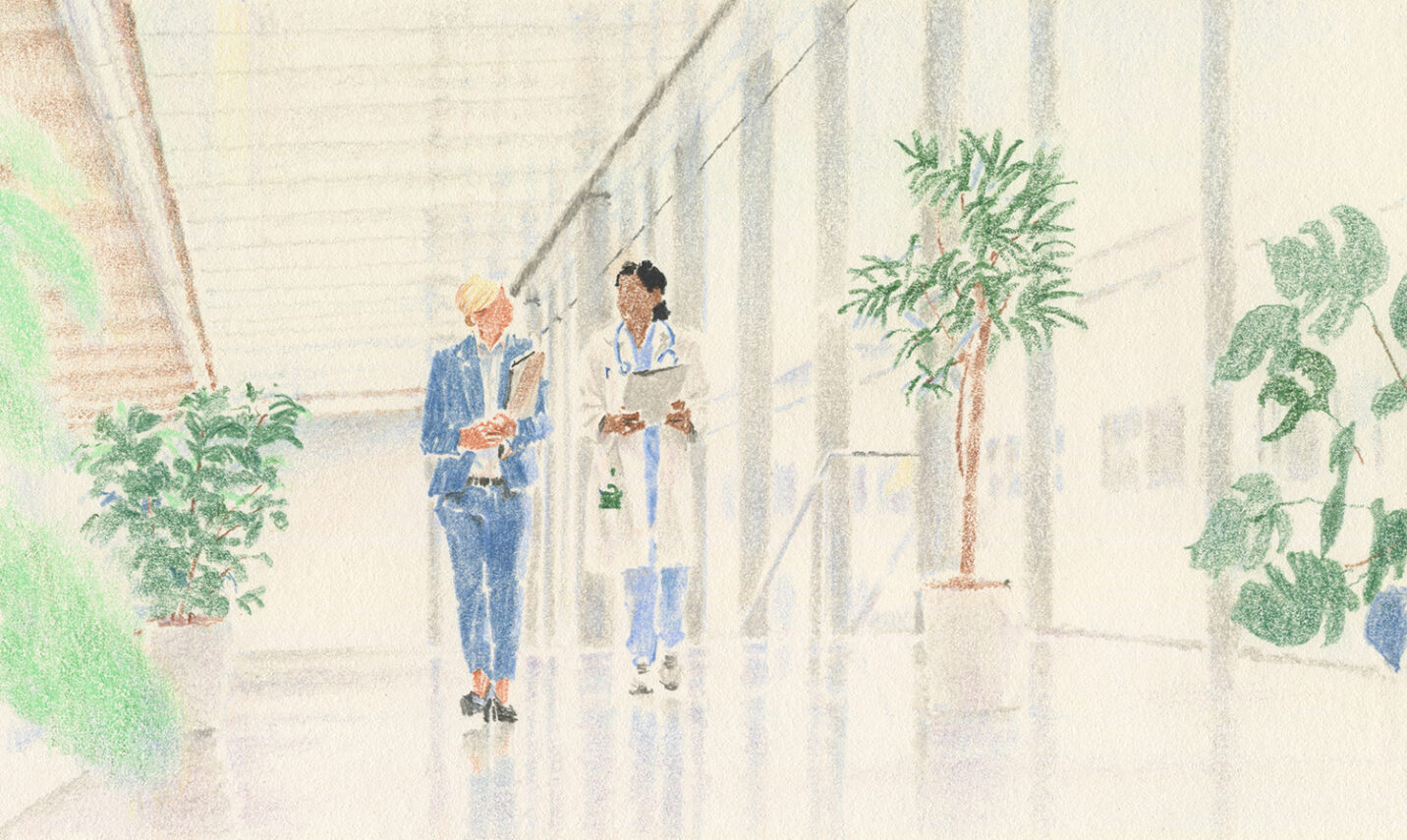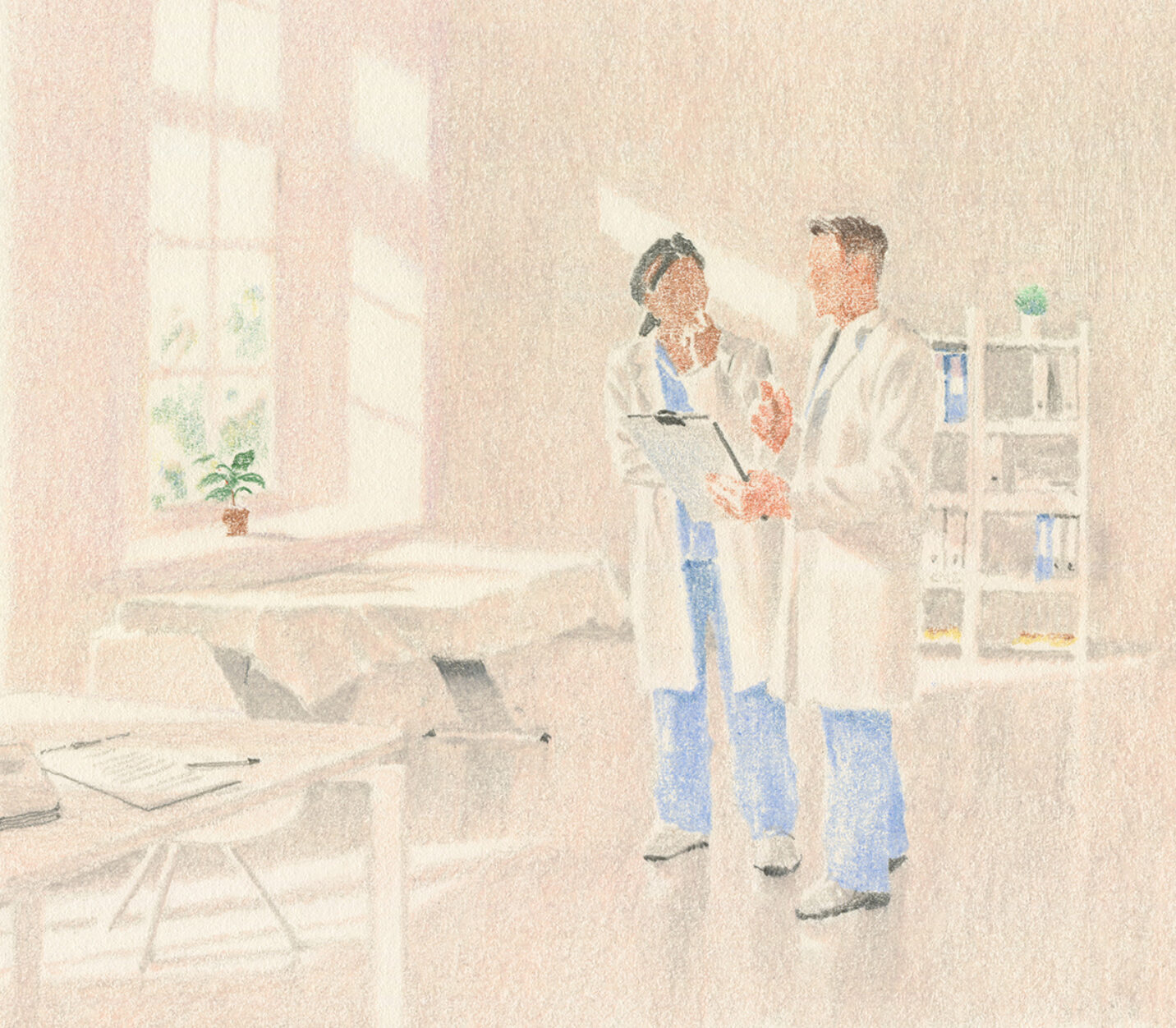Despite overwhelmingly positive feedback from patients, a Northern Texas teaching hospital and tertiary care facility was seeing lower-than-desired scores on its Hospital Consumer Assessment of Healthcare Providers and Systems (HCAHPS) surveys.
Opportunity
The medical director for Sound’s hospital medicine program set out to find a more sustainable way to educate patients, increase engagement, and help close the care loop for physicians. Historically, moving the needle on HCAHPS is hard to do, but the team saw promise in revamping their approach. When asked, patients were willing to share feedback — however, less than a third even knew about the patient survey.
Solution
Sound’s medical director and clinical performance nurse (CPN) implemented leadership discharge rounding with patients. They visited patients nearing discharge to ask them a series of questions about their care and experience during their stay. Two months after implementing leadership rounding, the team also implemented a more formalized approach to multidisciplinary rounds (MDRs), coordinating care and discharge for patients who were ready to go home.

Rounding
Leadership discharge rounding protocol
- Leverage MDRs to identify patients for outreach
- Meet with at least 100 patients per month
- Engage with patients nearing discharge
- Spend, on average, 10 minutes with each patient
- Go through consistent questions with each patient
Key results
Within a month of leadership rounding, the hospital’s HCAHPS scores improved. The data shows a direct correlation between increased leadership rounds, MDRs, patient completion of the surveys, and improvement to HCAHPS. By centralizing MDRs, the team was able to connect with 85 to 90 percent of Sound patients prior, the team was connecting with roughly 25 percent of patients.
This new rounding protocol also had some unintended, positive benefits: the hospital saw a decrease in length of stay (LOS).
8.4%
absolute improvement in HCAHPS score over six months
0.8day
LOS reduction within five months of the MDR redesign
In seeing these patients on or near their date of discharge as part of their rounding process, the team was able to uncover barriers to a timely discharge, such as whether the patient had called their family to let them know they’d been cleared to leave, needed transportation, or had received their medication and dosage instructions.
“I really like the new MDR format. I feel like it’s effective, and it’s a great opportunity to collaborate with all the providers in one space and really elevate patient care.”
– Hospital nurse manager


